The Tlaloc Monolith is among the most photographed public artworks in Mexico City. Standing on the grounds of the National Anthropology Museum it represents an ancient deity of rain and water. There is some debate as to whether the statue is not possibly the sister or wife of Tlaloc, Chalchiuhtlicue. Both are known both deities of water and rain in many Mesoamerican cultures. Among present day Mexico City residents, heavy rain days are often accompanied by references to Tlaloc.
The monument was buried from at least the 16th century in San Miguel Coatlinchán, east of Mexico City in Mexico State. In the mid-19th century, a farmer unearthed part of it and it was later excavated. In 1889, the painter José María Velasco made a painting of the monolith, identifying it as Chalchiuhtlicue. In 1903, the archaeologist Leopoldo Batres identified the work as Tlaloc. The population of San Miguel Coatlinchán referred to it the Stone of the Tecomates. This is in reference to the circular indentations said to resemble jicara (the shells used for serving chocolate pozol).
The statue constituted a major tourist attraction to the people of San Miguel Coatlinchán. Said to have curative powers, it was thought to induce rain and, in short, was very important to its original community.
In 1963, President Adolfo López Mateos moved to install the statue in front of the National Museum of Anthropology then under construction. The move provoked a good deal of civil strife in the statue’s hometown. But, at last, the statue arrived to its present location in April of 1964.
The move of the Tlaloc Monolith was accompanied by a tremendous downpour that flooded much of the city center. It’s never been forgotten.
![]() The Capital Bus Center-Polanco Route stops here on both sides of the Paseo de la Reforma. Their stop is called, conveniently enough, “Museos de Chapultepec.” Passengers are within easy walking distance of the Anthropology Museum, the Rufino Tamayo Museum, the Museum of Modern Art, and the Zoo. The Reforma-Santa Fe Route also stops here, seasonally, on its way back from Santa Fe i.e.; on the other side of Reforma. It’s a good place for those staying in Polanco to switch buses. The route operates during December, July, August and during Semana Santa.
The Capital Bus Center-Polanco Route stops here on both sides of the Paseo de la Reforma. Their stop is called, conveniently enough, “Museos de Chapultepec.” Passengers are within easy walking distance of the Anthropology Museum, the Rufino Tamayo Museum, the Museum of Modern Art, and the Zoo. The Reforma-Santa Fe Route also stops here, seasonally, on its way back from Santa Fe i.e.; on the other side of Reforma. It’s a good place for those staying in Polanco to switch buses. The route operates during December, July, August and during Semana Santa.
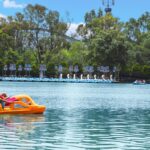
Nearest at 0.14 kms.
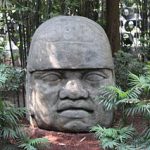
Nearest at 0.16 kms.

Nearest at 0.17 kms.


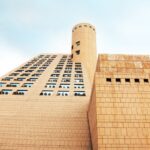
Polanco's luxury retail inclination...
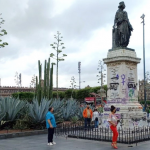
An important stop for Turibus and Capital Bus, it's more than just that...
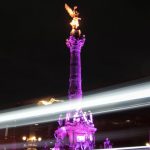
Likely the most prominent symbol of Mexico City, El Ángel is always at the center of things...
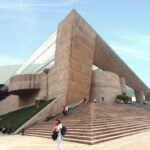
Mexico's national auditorium for performance, opera, and every kind of music...
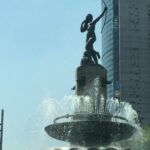
One of Reforma's most striking "glorietas," the Diana is more than a copy of some Euro original. It's homegrown!